| T O P I C R E V I E W |
| Pierre |
Posted - 21/03/2022 : 08:04:59
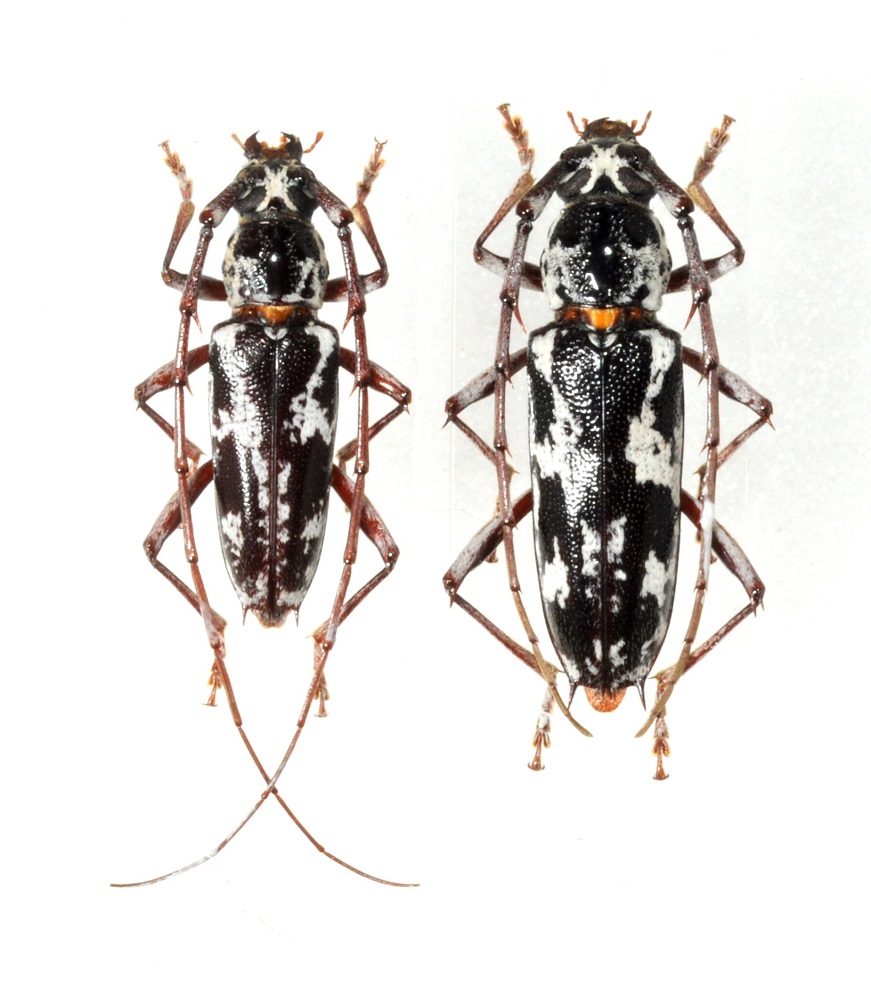
180.38 KB
Havana Province, Cuba. 16 and 20mm.
Recieved as "Elaphidion albomaculata" which makes no sense. |
| 7 L A T E S T R E P L I E S (Newest First) |
| SDevesa |
Posted - 23/07/2023 : 19:17:45
Elaphidion quadrituberculatum Chevrolat, 1862

389.11 KB |
| SDevesa |
Posted - 23/07/2023 : 19:14:51
Elaphidion albosignatum Chevrolat, 1862
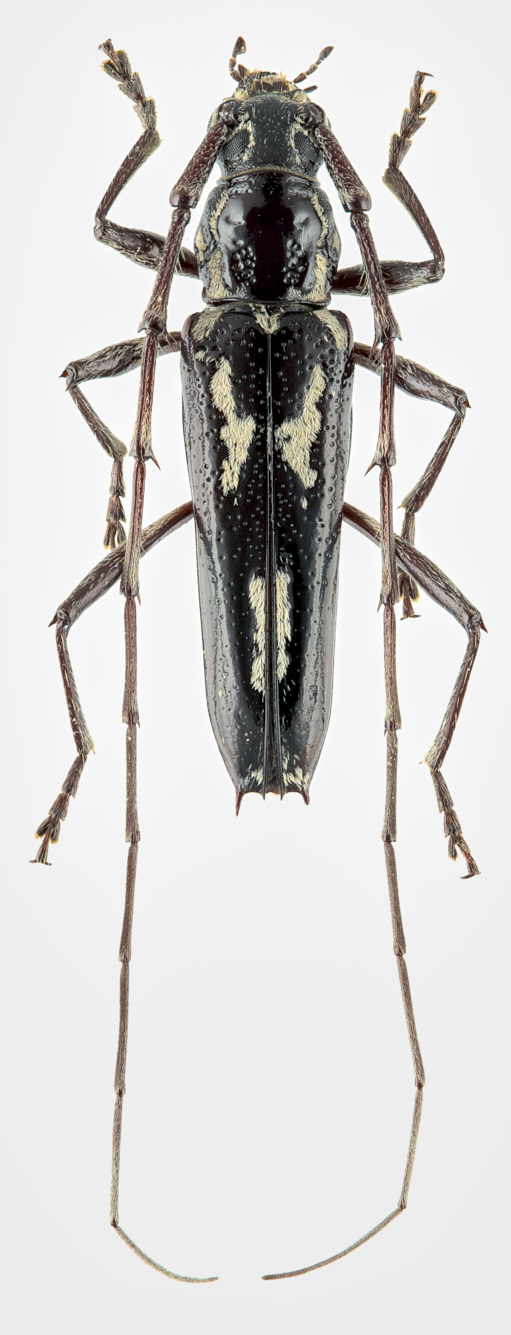
400.41 KB
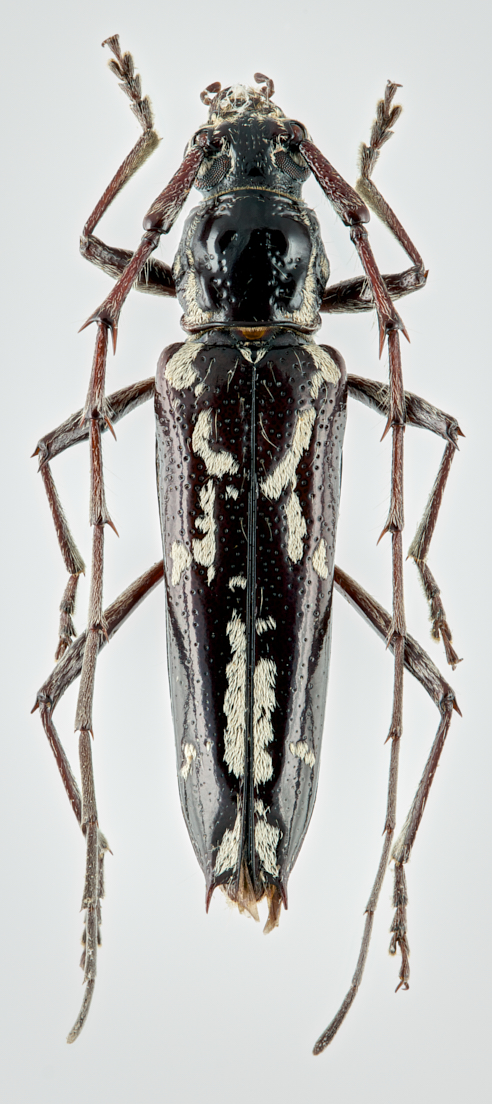
479.88 KB |
| SDevesa |
Posted - 23/07/2023 : 19:12:38
Elaphidion quadrituberculatum Chevrolat, 1862
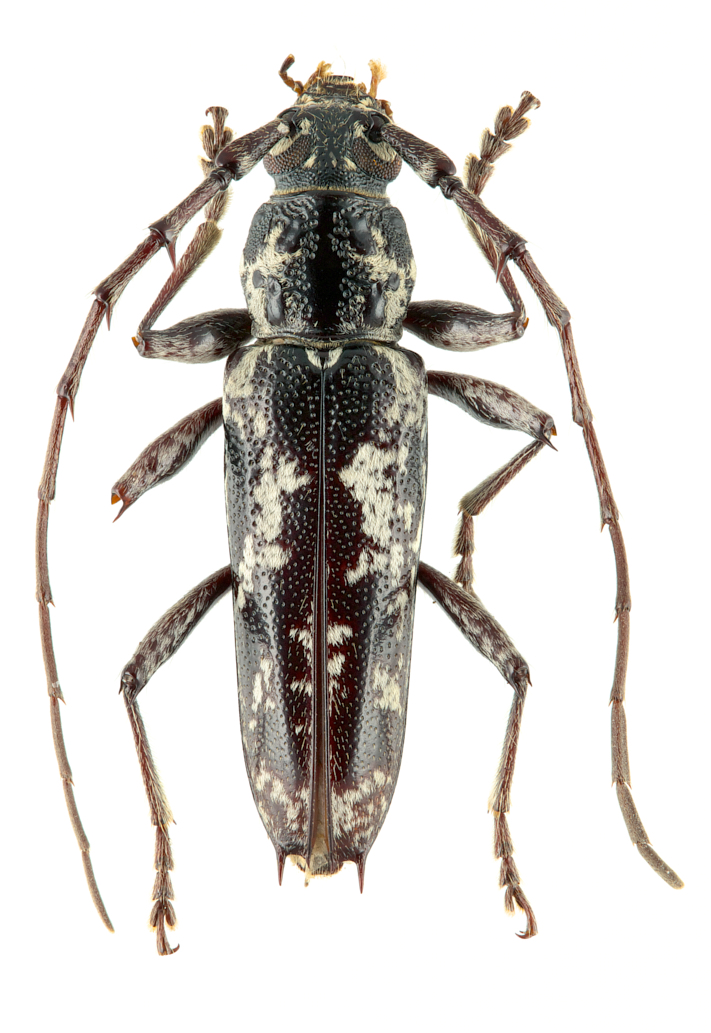
433.09 KB

389.11 KB |
| SDevesa |
Posted - 23/07/2023 : 19:07:06
It may be a little late, but I just saw this post.
Elaphidion albomaculata does not exist, as far as I know.
E. irroratum (Linnaeus, 1767) could only be confused with E. quadrituberculatum Chevrolat, 1862 (much rarer) and bears a certain resemblance to E. albosignatum Chevrolat, 1862.
I attach photos of the three species
Greetings
Sergio
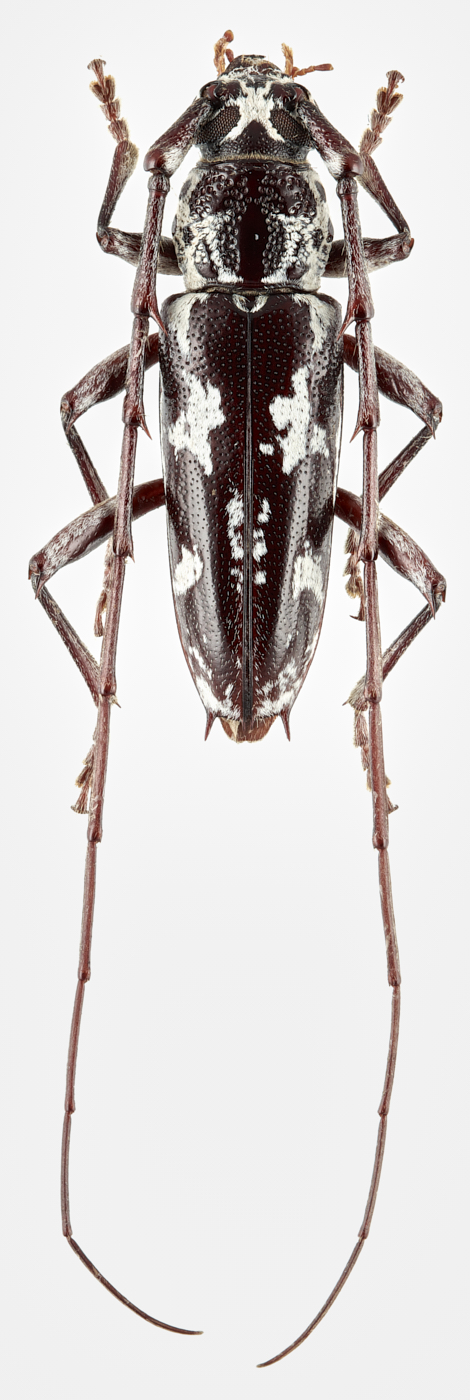
405.86 KB
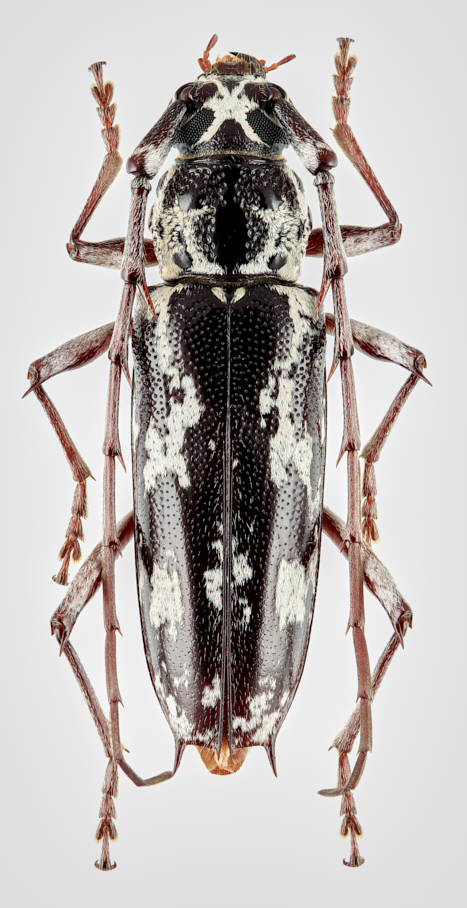
372.19 KB |
| Pierre |
Posted - 22/03/2022 : 07:13:00
Ok,thanks you. Was not sure because of the black colour; the irroratum I have are reddish brown. |
| Xavier |
Posted - 21/03/2022 : 17:17:49
Elaphidion irroratum (Linné, 1767) pour le nom complet. |
| dryobius |
Posted - 21/03/2022 : 13:04:21
It's likely just E. irroratum, a very common species. |


